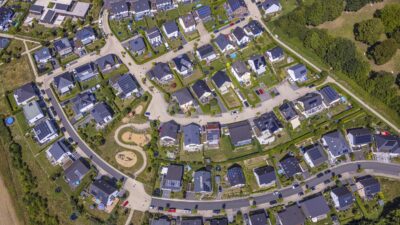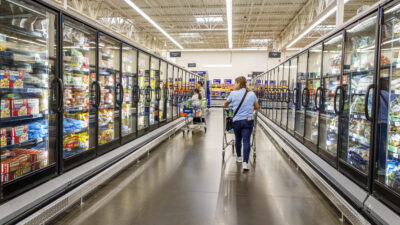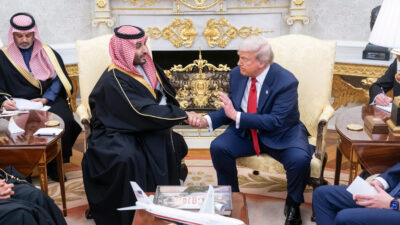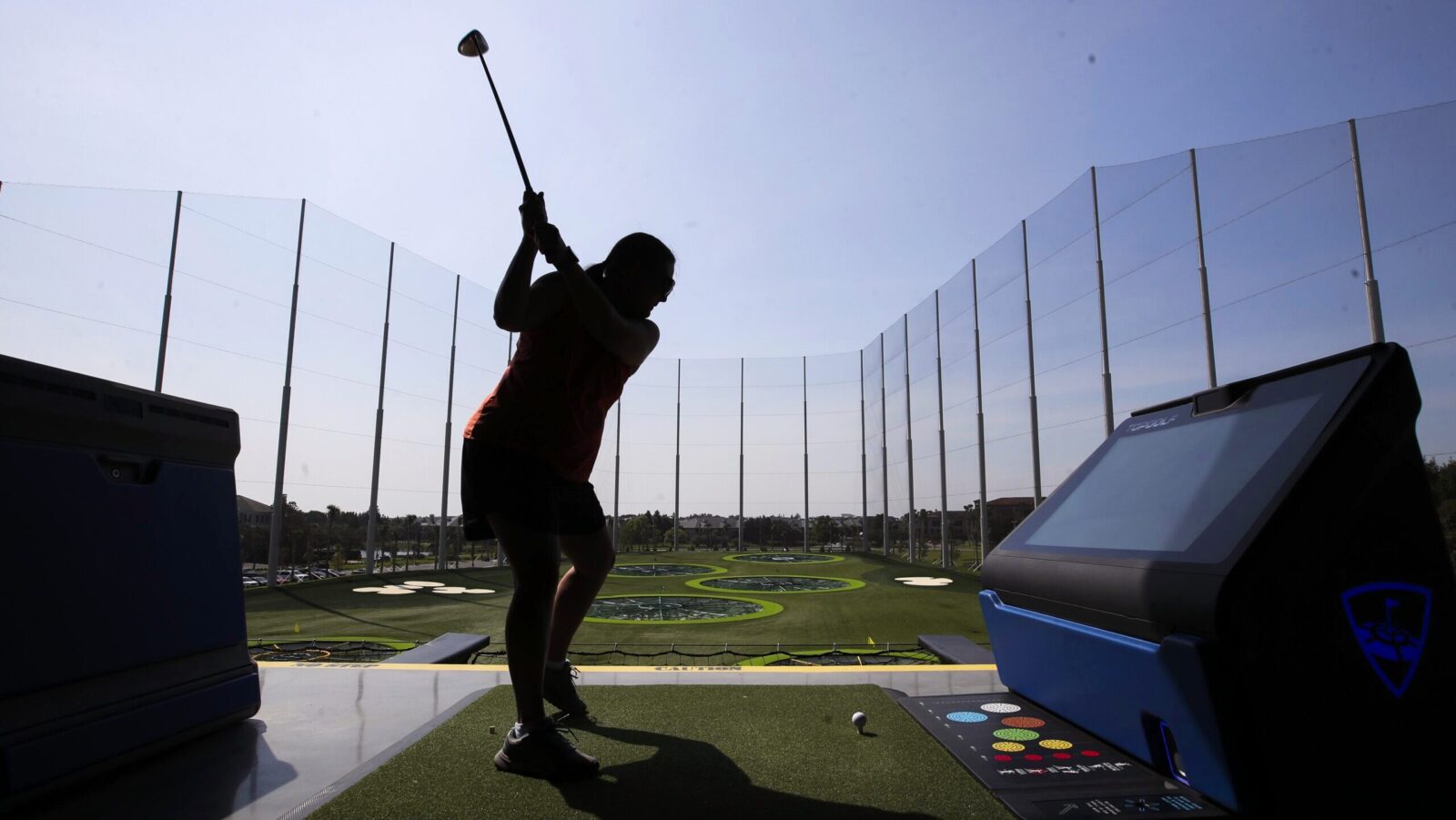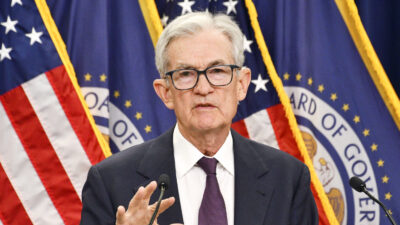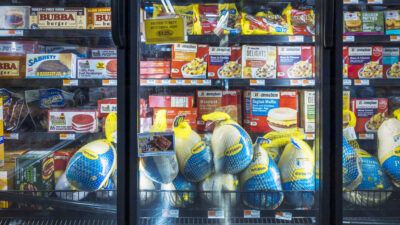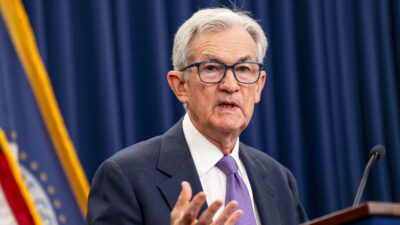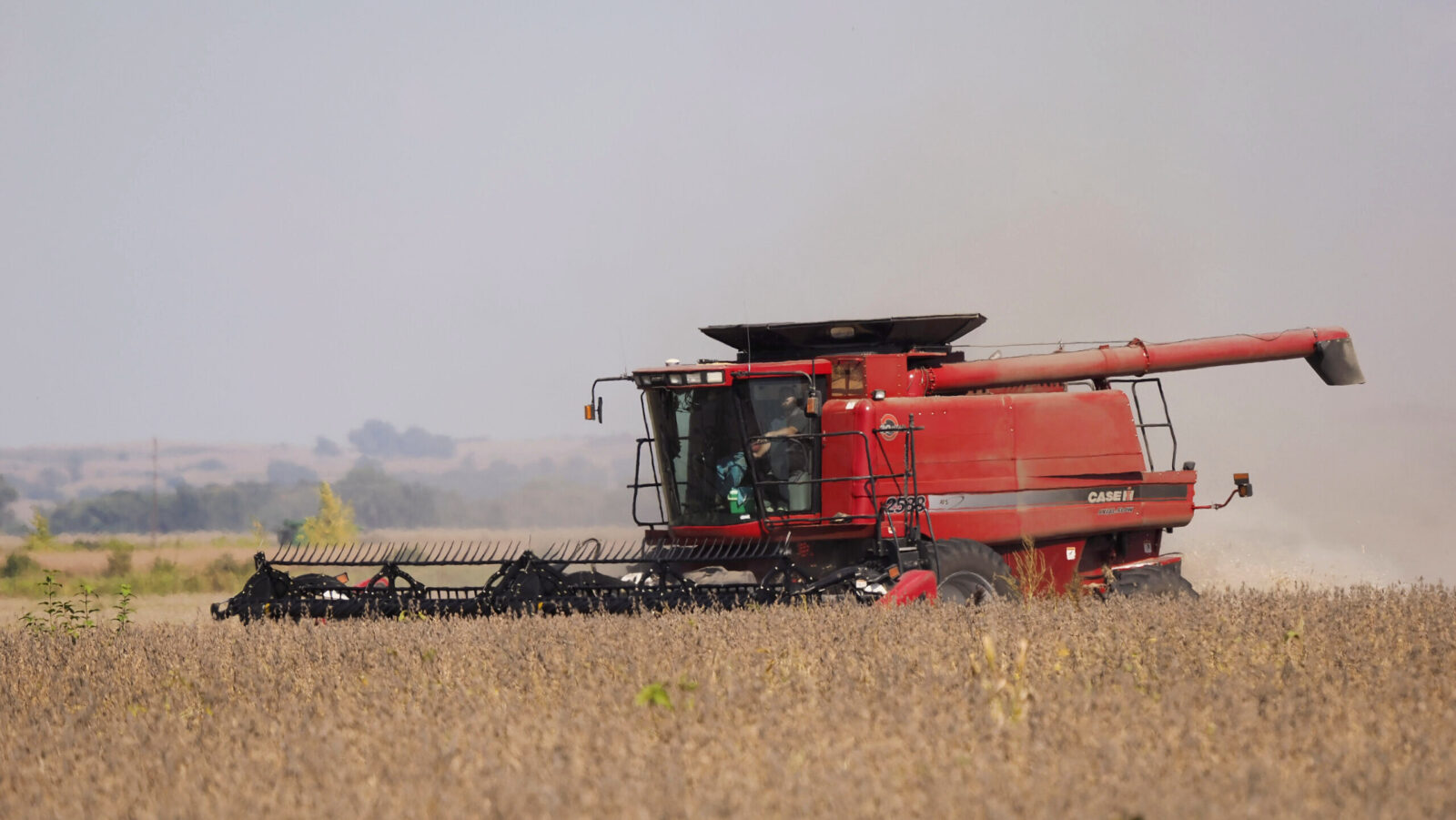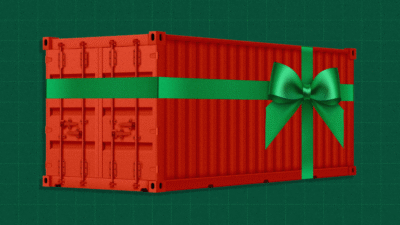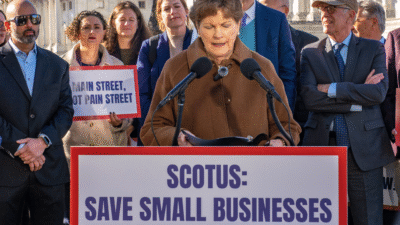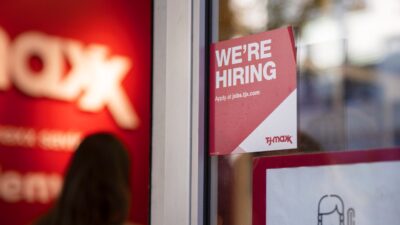Economists Bullish on US Growth Despite Rising Inflation, Shrinking Job Market
It’s not all sunshine and roses, however, with economists still flagging rising inflation and a weakening labor market going forward.

Sign up for smart news, insights, and analysis on the biggest financial stories of the day.
By the standards of the dismal science, as John Galbraith once described the economics profession, its practitioners just did a happy dance.
On Monday, the National Association of Business Economists (NABE) released its latest quarterly survey, which showed that members have hiked up their growth estimates for the rest of 2025 and through 2026, just a day after The Wall Street Journal released the results of its own quarterly assessment, which showed a similar uptick. It’s not all sunshine and roses, however, as both surveys still flag rising inflation and a weakening labor market going forward.
What a Drag
Compared with the NABE’s last survey in June and the WSJ’s in July, the professional forecasters this time around appear to be seeing the US macroeconomic glass as half-full rather than half-empty, though they definitely still see it as only half-full. The 40 economists surveyed by the NABE, for instance, predict that inflation-adjusted GDP growth will hit 1.8% this year, versus a forecast of just 1.3% in June, while the 64 economists polled by the WSJ revised their inflation-adjusted GDP growth forecasts to 1.9% compared with a measly 1% prediction in July. Both groups predicted the economy will maintain a similar pace next year, citing intense business investment as the main driver of growth.
Still, the surge in investment isn’t broadening the job market, with both groups expecting the unemployment rate to climb to 4.5% over the next year, up from its 4.3% rate in August. Both surveys also showed that economists expect tariffs to continue fueling inflation, though perhaps not as much as initially expected. The forecasters can’t help but see the surge in import duties, and their often unpredictable implementation, as having a noticeable impact on the economy:
- In the NABE survey, 60% estimate that tariffs will knock a half-percentage point from GDP due to rising costs and falling trade levels, with no survey respondents projecting that tariffs will boost economic growth.
- The economists surveyed by the WSJ said that tariffs will add 0.5% to the inflation rate (a lower number than projected before) and that more certainty around tariffs is helping reduce their overall impact. That said, the WSJ noted that the survey was conducted earlier this month, before the White House’s latest threat of 100% tariffs on Chinese goods.
Info Vacuum: The WSJ survey was conducted after the federal government shutdown began (the NABE survey was conducted in late September), meaning its economists lacked the most recent Labor Department employment data. However, the Labor Department has since said that it’s recalling furloughed workers in order to complete a key inflation report, which will be released on October 24 rather than the original date of October 15. It must be completed by November 1 for the Social Security Administration to calculate an annual cost-of-living adjustment. By week’s end, meanwhile, we’ll have forecasts from another group of economists navigating the data fog: World finance leaders are gathering in Washington, DC, this week for the annual meetings of the International Monetary Fund and the World Bank.

